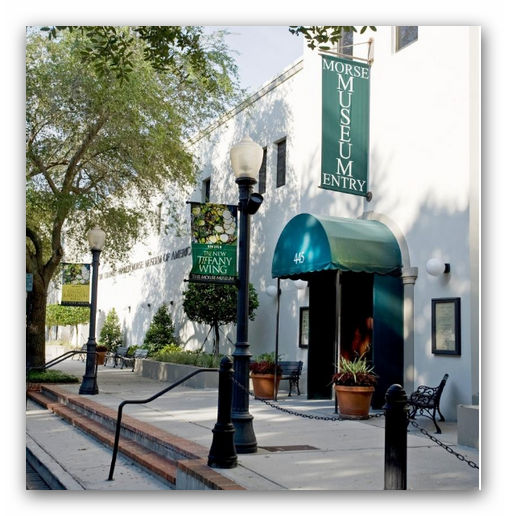Feb 12 2013 - Jan 29 2017
Winter Park, FL
“Have nothing in your houses which you do not know to be useful or believe to be beautiful,” William Morris declared in 1880. Morris (1834–96) was a leader of the Arts and Crafts movement, which originated in Britain in the late nineteenth century and soon spread to America.
The objects from the Museum’s collection selected for this gallery, including furniture, pottery, and metalwork, illustrate the goals of the Arts and Crafts movement— the revival of handcraftsmanship, the creation of more satisfying working conditions, and the elevation of the decorative arts to the status of fine arts through design unity.
These reformers, passionately committed to righting the ills they saw in an increasingly industrialized and urban society, chose the arts as their medium. They were convinced that industrialization had degraded the work process and destroyed the environment, reducing the formerly creative craftsman to an anonymous laborer mindlessly repeating unfulfilling tasks. And they condemned the host of revival styles—from Louis XIV to the Rococo Revival—that dominated the architecture and decorative arts of the Victorian period. These artistic reformers reasoned that if objects were again designed by the craftsperson and made by hand, “joy in labor” would be restored and shoddy work would disappear. Arts and Crafts practitioners favored solutions that had developed as a response to local climate and geography. In furniture, such as that by Gustav Stickley (1858–1942), straight lines based on the structure of a piece replaced ornate curves, solid native woods took the place of imported veneers, and unnecessary decoration was rejected. In this country, designers found a source of inspiration in American Indian craftwork.
Credit: Exhibition overview from museum website
Exhibition Venues & Dates
Feb 12 2013 - Jan 29 2017
Winter Park, FL
